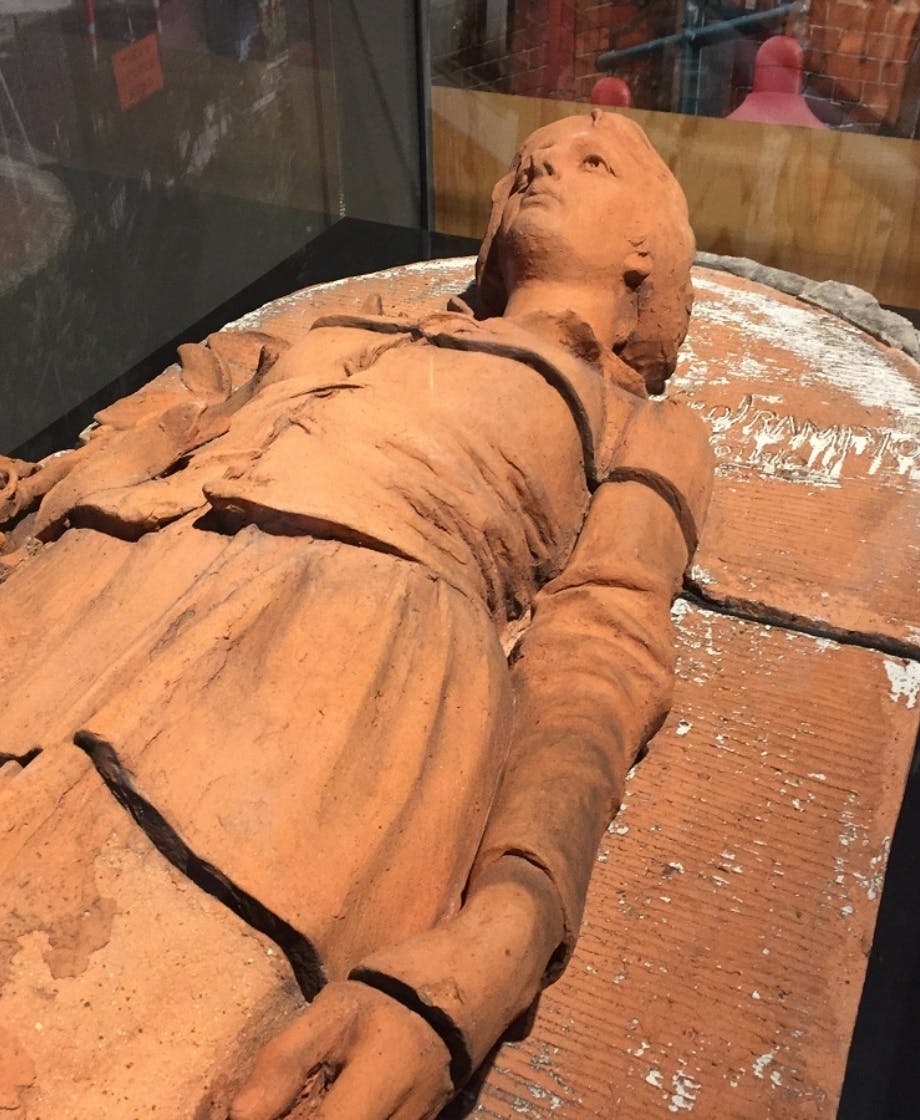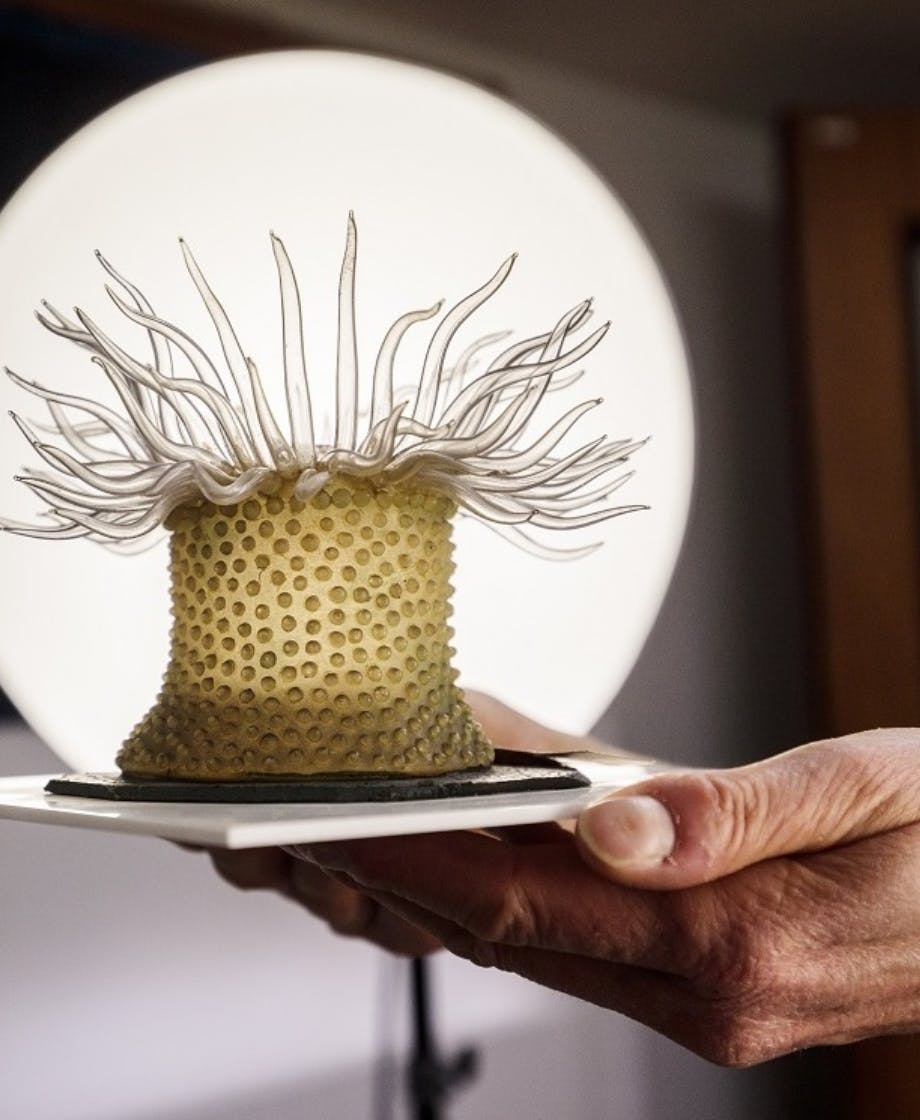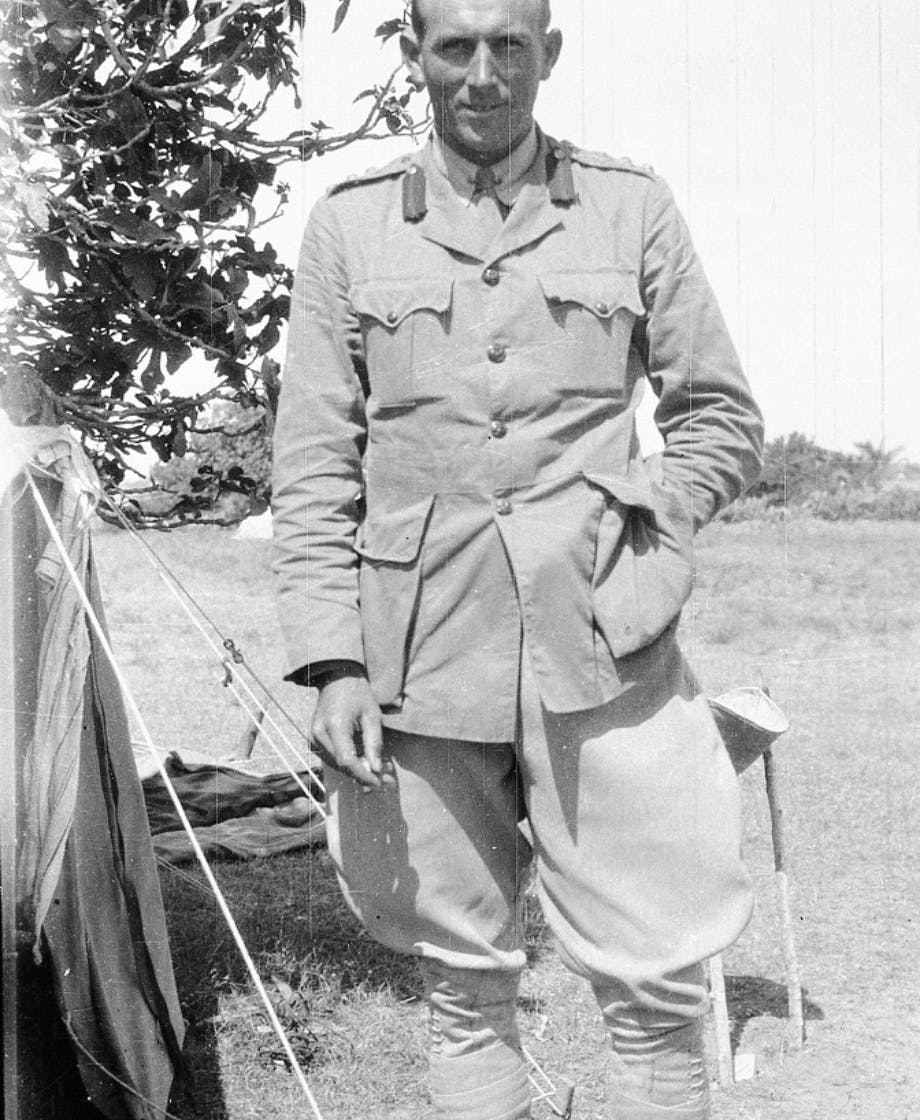The Robert McDougall Gallery is one of Ōtautahi Christchurch’s most significant heritage buildings – and, we think, one of its most beautiful.
This taonga (treasure) has been closed since it was assessed as an earthquake-prone building in the wake of the February 2011 earthquake.
However, strengthening of the building is now underway, and the Museum redevelopment will see the McDougall restored, made safe and reopened to the public as a vibrant addition to Canterbury’s art offering.
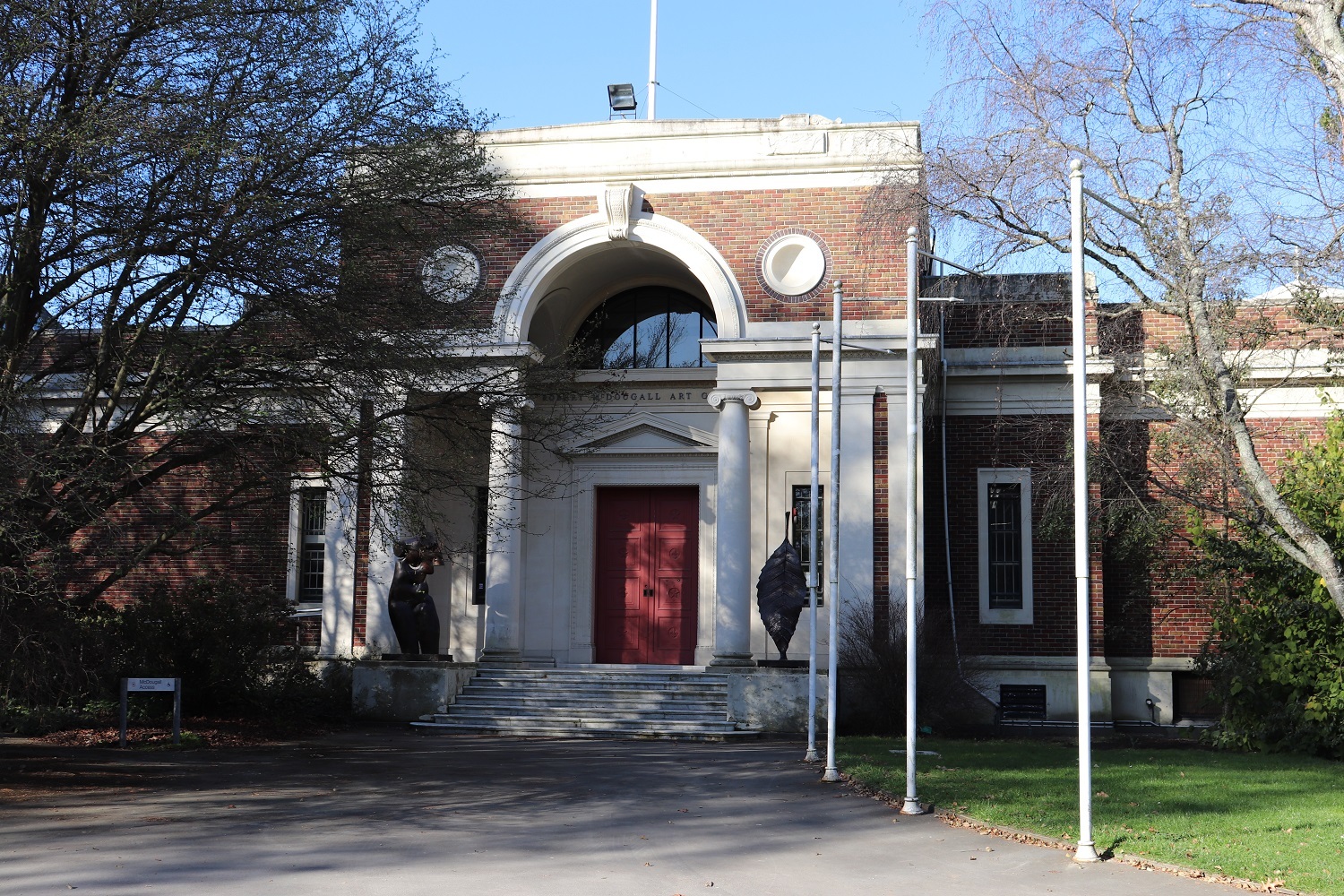
The McDougall Story
The Robert McDougall Art Gallery is named for Christchurch businessman Robert McDougall, whose generous donation enabled it to be built.
Before the McDougall, the two main places for Cantabrians to see art in Christchurch were this Museum and the Canterbury Society of Arts exhibitions (the ancestor of today’s CoCA).
In the 1920s, Christchurch City Council recognised the need for a dedicated public art gallery. However, when a referendum was held in 1925 the public rejected the idea of taking out a loan to build one.
Enter Robert McDougall, a local businessman who had made his fortune through biscuit manufacturing company Aulsebrooks.
McDougall had a strong philanthropic streak. An obituary in The Press following his death in 1942 noted that "a number of charitable institutions in the town benefit[ed] from his generosity". That generosity extended to the staff at the Aulsebrooks factory. McDougall inaugurated a welfare league for them and provided a library, tennis courts, and bowling green in the factory grounds for their use.
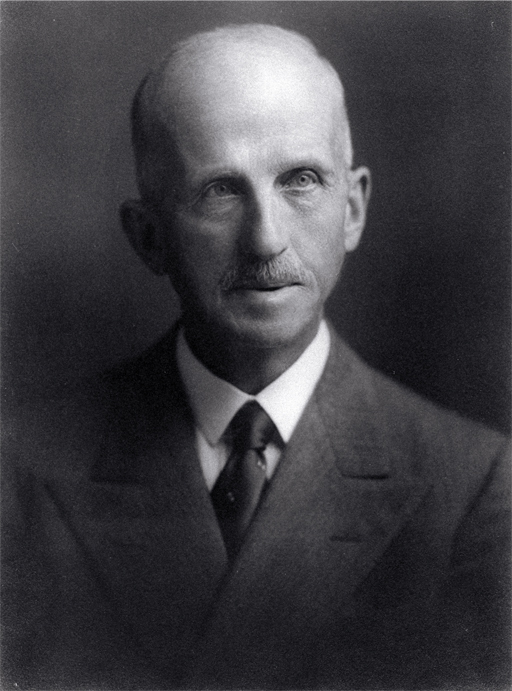
McDougall offered to fund the building of a gallery if the Council supplied the site. A competition held to find an architect was won by Edward Armstrong with a neoclassical brick design. Construction of the building was completed in 1932 at a total cost of £31,745, almost all of which was met by McDougall.
On receiving the final cheque, Christchurch Mayor Daniel Sullivan expressed the public's appreciation for McDougall's extraordinary generosity by saying, "the city now possessed one of the finest art galleries in the Dominion and it was particularly pleasing that it was free from financial encumbrance".
Initially the new gallery housed around 160 works, most from the Canterbury Society of Arts’ collection. Over time, the city’s public art collection flourished, eventually outgrowing the McDougall building. The Robert McDougall Gallery closed in 2002 and was replaced as the city’s public art gallery by Christchurch Art Gallery Te Puna o Waiwhetū, which opened in 2003.
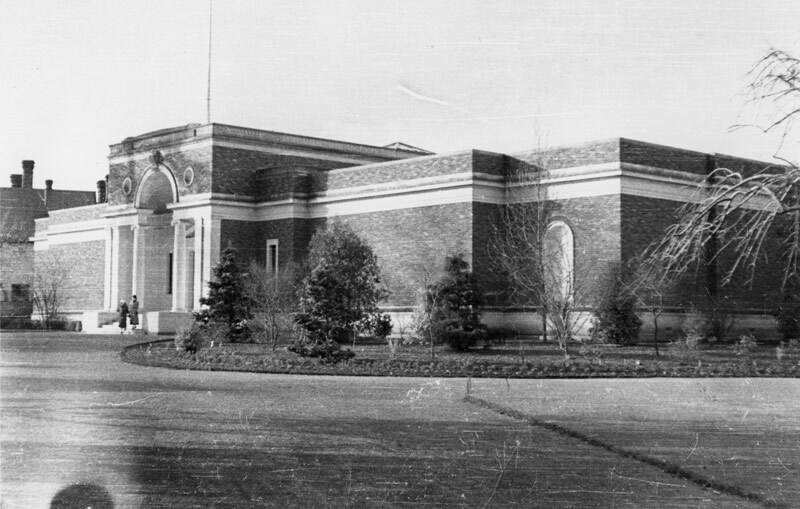
The Museum and the Earthquakes
The Museum occupied the building under an agreement with Christchurch City Council in 2003 and held a number of art-focused special exhibitions inside, including Home/Ground in 2004, the Garden City Flower Festival in 2007, Snare/Mahanga in 2009, Mō Tātou/Te Hokinga Mai in 2010 and others.
The most recent, opening in late 2010, was The Heart of the Great Alone, an exhibition of historic Antarctic photography by Herbert George Ponting and Frank Hurley on loan from the Royal Collection of Her Late Majesty Queen Elizabeth II.
This exhibition was open on 22 February 2011 when the deadly earthquake tore through Christchurch, shaking the building. Luckily none of the photos were damaged, although one book received minor damage to its spine.
In structural assessments following the quakes, the McDougall building was found to be below 34% of New Zealand Building Code requirements due to its unreinforced, single-skin internal brick walls. As a public building classified as Importance Level 3 in the Building Code, the McDougall is subject to more stringent code requirements than, for example, a typical house.
It was classed as an earthquake-prone building, making it unsafe for public occupancy. It has now been closed for over a decade, awaiting strengthening.
The Future
The end of the McDougall’s prolonged closure is now in sight. Christchurch City Council has leased the building to the Museum and agreed to provide funding for its strengthening.
Our redevelopment will see the building brought up to 100% of code and reopened.
The first stage of this work has already started. The above-ground structure will be strengthened by inserting steel rods into the walls at regular intervals. When complete, this strengthening won't be visible inside or outside the building.
This work is important because it makes the building safe for workers to access for the next stage of strengthening: base isolation. It will also protect the building while the base isolation work is being carried out.
Base isolation is the only way the McDougall can be brought up to 100% of code. It will protect the building, the people and the precious artworks inside, as well as giving overseas galleries and museums the assurance they need to lend us their major touring art exhibitions.
The base isolation will go in a new, waterproof basement built under the McDougall, which will also be a safe place for the Museum's extensive art and decorative arts collections to be stored. It will be waterproofed to the highest international standards.
A glazed atrium on the ground floor will link the rear of the Robert McDougall Art Gallery to the Museum buildings, so you’ll be able to walk between them under cover. Of course, you'll also still be able to enter and exit the Robert McDougall Gallery from the Botanic Gardens through its neoclassical main entrance.
Intended Use
Robert McDougall, the generous benefactor who funded the McDougall’s construction, was keen to ensure his gift to the city remained a place where art could be enjoyed by everyone.
In 2003, his wish was enshrined in law with the Christchurch City Council (Robert McDougall) Land Act. This act is still in force, governing any future use of the McDougall building.
It states that the McDougall can only be used for “the purpose of a public gallery for the display of art and decorative arts and crafts and ancillary activities”.
The Museum intends to honour Robert McDougall’s wishes and abide by the terms of the McDougall Land Act. So when our redevelopment is finished and the McDougall reopens, we’ll display art in the building, which it is perfectly suited to.
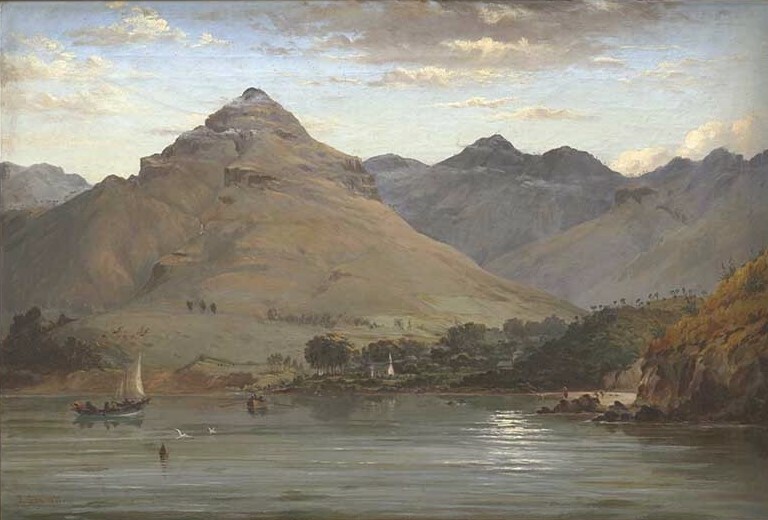
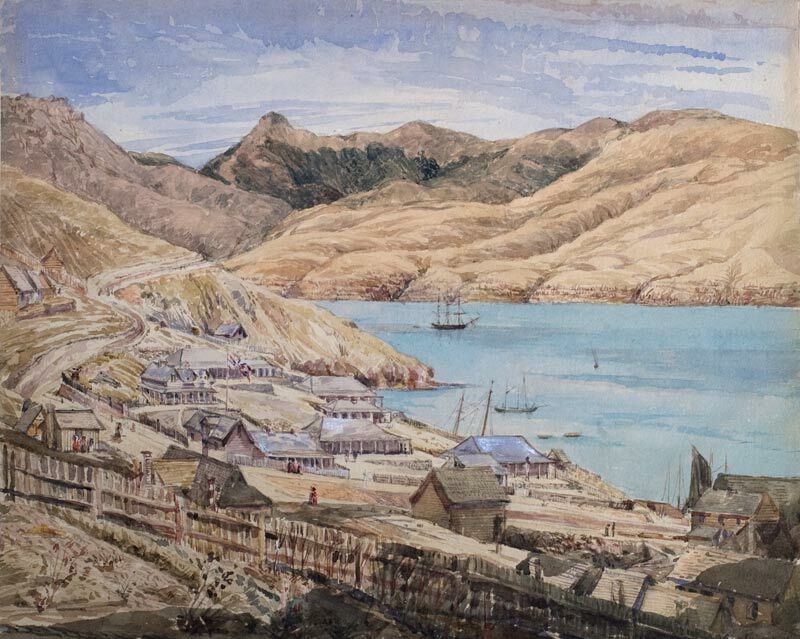
The Museum has an extensive art collection but very little of it is currently on display; we just don’t have the space. We care for over 7,000 paintings and drawings, 8,500 decorative art pieces and more than 800,000 photographs.
The period from 1850 to 1900 is particularly well represented, with approximately 2,200 works of national and international significance. Works by Canterbury artists from the first half of the twentieth century, including the Group members Rita Angus, Rata Lovell-Smith and Cora Wilding, are another highlight and showcase the growing influence of international modernism on local art.

We hope to supplement displays of our collection with works on loan from Christchurch Art Gallery Te Puna o Waiwhetū and other institutions – and there is the tantalising prospect of touring exhibitions from overseas.
The McDougall will be back fulfilling the purpose its founder set for it, once again a space where the people of Ōtautahi Christchurch and the wider region can have their spirits lifted by art.
Sarah Murray is Head of Collections and Research



